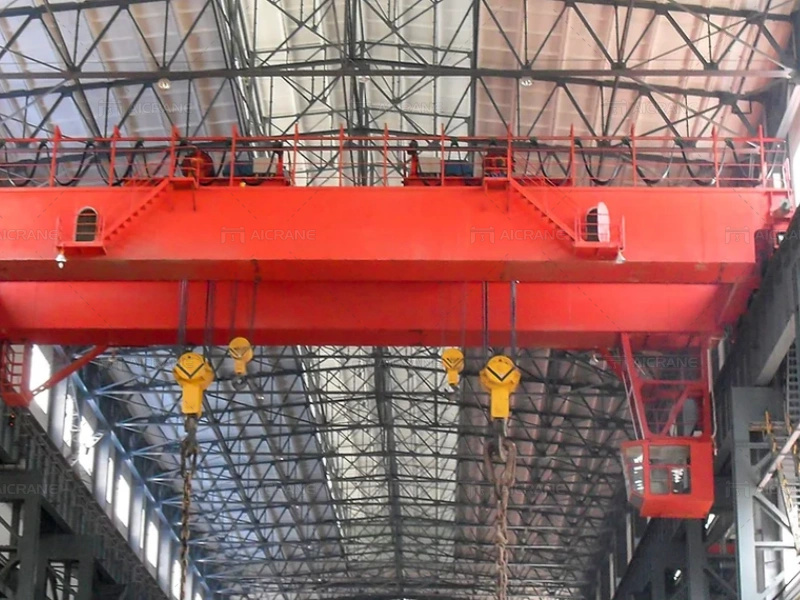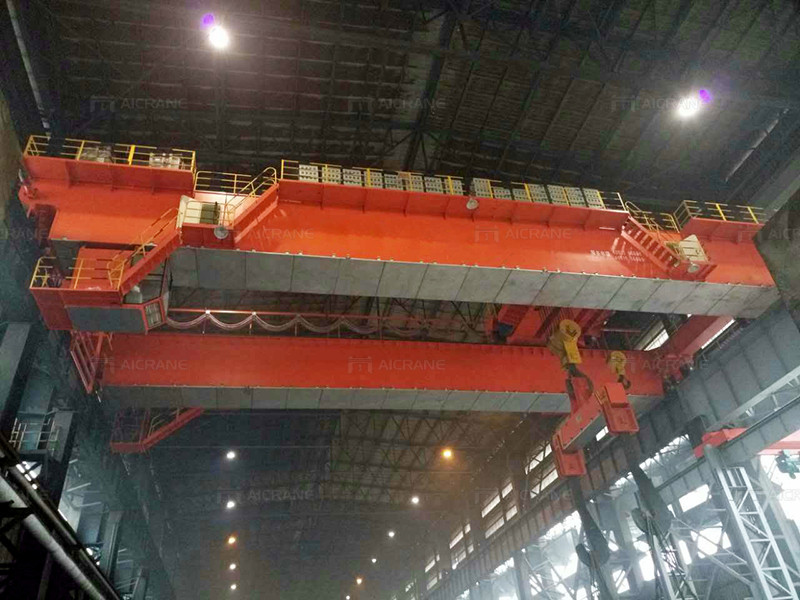In the ever-evolving landscape of industrial operations, technological advancements play a crucial role in driving productivity, efficiency, and safety. Among the myriad of innovations, overhead crane technology stands out as a cornerstone of modern material handling solutions. This article explores the advancements in overhead crane technology and their profound impact on industrial productivity, shedding light on the latest trends, features, and applications that are shaping the future of material handling in industrial settings.
Evolution of Overhead Crane Technology
Overhead cranes have come a long way since their inception, evolving from simple manual systems to sophisticated, automated solutions. Early overhead cranes relied on manual operation and basic mechanical components, limiting their lifting capacity and efficiency. However, advancements in engineering, materials science, and automation have revolutionized overhead crane technology, enabling the development of highly efficient and versatile lifting systems that meet the diverse needs of modern industries.
Advanced Control Systems
One of the key advancements driving industrial productivity in overhead crane technology is the integration of advanced control systems. Modern overhead cranes(Электромостовой кран) are equipped with programmable logic controllers (PLCs) and computerized monitoring systems that enable precise control of crane movements, acceleration, and deceleration. These sophisticated control systems enhance operational efficiency, reduce downtime, and improve safety by ensuring smooth and accurate crane operation.

Automation and Robotics
The integration of automation and robotics has transformed overhead crane operations, enabling unmanned or semi-automated material handling processes. Automated overhead cranes can perform repetitive tasks with high precision and efficiency, freeing up human operators to focus on more complex tasks. Robotics technology further enhances productivity by enabling overhead cranes to perform intricate maneuvers, such as picking and placing items in confined spaces or hazardous environments, with minimal human intervention.
Remote Monitoring and Telemetry
Remote monitoring and telemetry systems have become integral components of modern overhead crane technology, enabling real-time monitoring of crane performance(Мостовой кран 100 тонн), health, and status. These systems utilize sensors, cameras, and wireless communication technology to collect and transmit data to centralized control centers or cloud-based platforms. By providing actionable insights into crane operations, remote monitoring systems enable proactive maintenance, optimize crane utilization, and improve overall productivity.
Load Sensing and Positioning
Load sensing and positioning technologies enhance the precision and accuracy of overhead crane operations, ensuring optimal load handling and placement. Load sensors and feedback mechanisms provide real-time data on load weight, distribution, and stability, enabling operators to adjust crane parameters accordingly. Positioning systems, such as laser guidance or GPS, enable precise positioning of loads within a facility, minimizing errors and reducing the risk of damage to goods or equipment.
Energy Efficiency and Sustainability
Advancements in overhead crane technology have also focused on improving energy efficiency and sustainability. Energy-efficient drive systems, regenerative braking technology, and variable speed controls reduce energy consumption and operating costs while minimizing environmental impact. Additionally, the use of eco-friendly lubricants and materials further enhances the sustainability of overhead crane operations(Кран мостовой 50 т), aligning with corporate sustainability goals and regulatory requirements.

Customization and Adaptability
Modern overhead crane technology offers a high degree of customization and adaptability to meet the unique needs of different industries and applications. Manufacturers offer a wide range of configurations, capacities, and features tailored to specific lifting requirements and operational environments. From single-girder to double-girder cranes, from standard to custom attachments, overhead crane technology can be tailored to accommodate various loads, spans, heights, and operating conditions, ensuring optimal performance and efficiency in diverse industrial settings.
In conclusion, advancements in overhead crane technology are driving industrial productivity to new heights, revolutionizing material handling processes in modern industries. With advanced control systems, automation, remote monitoring, load sensing, and customization capabilities, overhead cranes have become indispensable assets for enhancing efficiency, safety, and sustainability in industrial operations. As technology continues to evolve, overhead crane technology will continue to shape the future of material handling, enabling industries to achieve higher levels of productivity, competitiveness, and sustainability in the years to come.